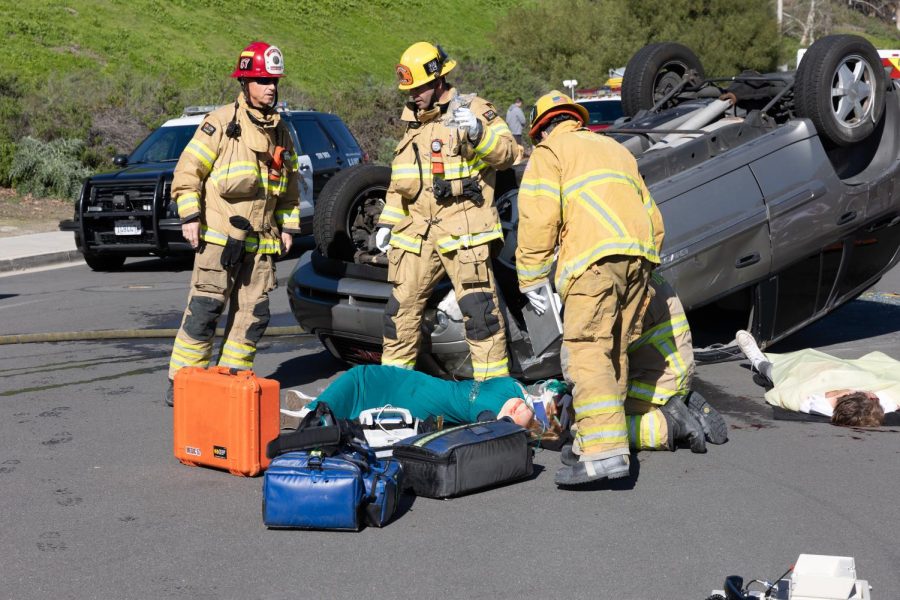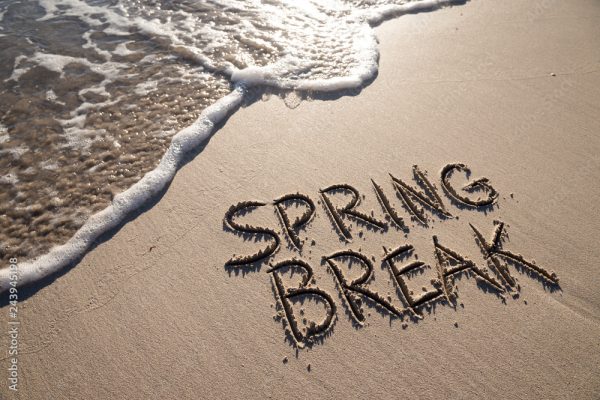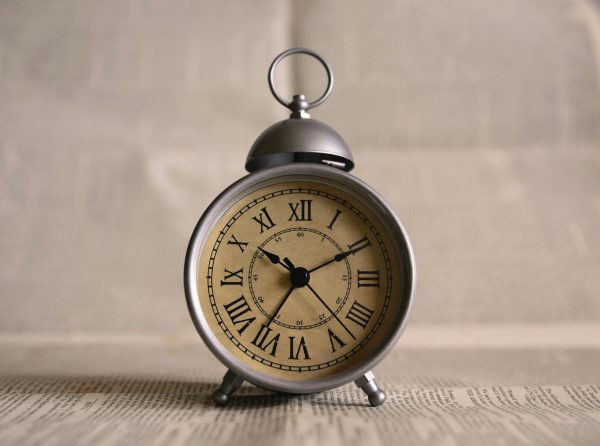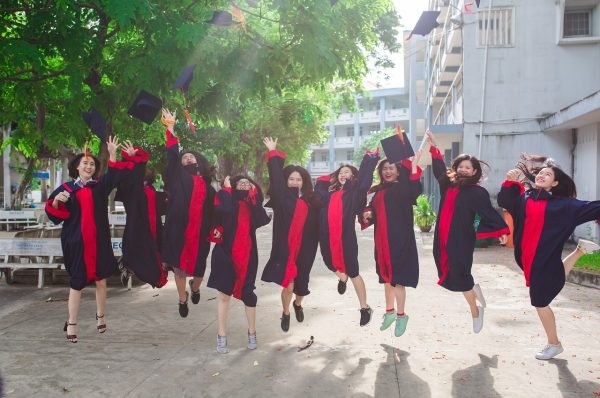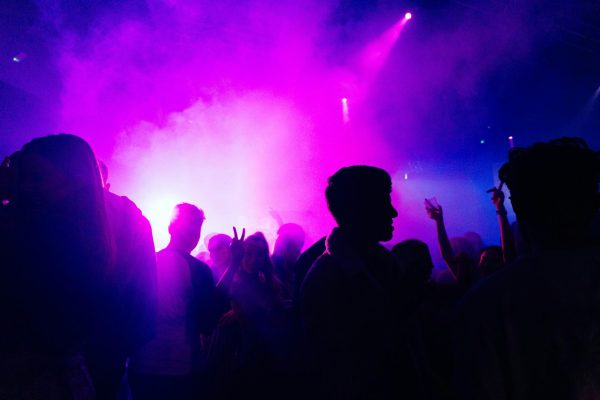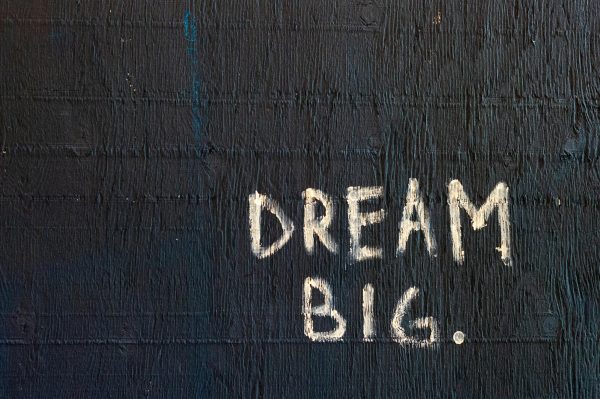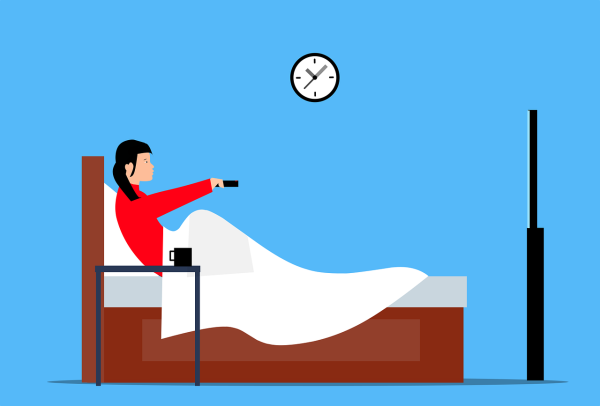Is Mock Crash Worth It?
On Jan. 20, Aliso Niguel High School performed a mock car crash in an attempt to discourage students from drunk driving. The performance took an hour out of the day, resulting in a limited bell schedule with no Wolverine Plus. The crash also cost the school somewhere around $4,000. The length of this mock crash assembly, as well as the cost, begs the question: Was it truly worth it?
For you to come to a conclusion on this, the details of the mock crash event must be explained. For starters, the crash involved student actors portraying the events of a real-life car crash. These actors were mostly club presidents and ASB members. However, on top of these student actors, there were also police officers, firefighters, and paramedics, all with their own vehicles. And, of course, there was the crash itself, consisting of two totaled cars, one an SUV and one a sedan.
The mock crash event was viewed exclusively by the junior and senior classes, and provided most with an hour of entertainment during the typical school day. Although the purpose of the event was to scare students into seeing the reality of drunk driving, not many made the impression that they were particularly phased. Evidence to this was the crowd constantly cracking jokes and talking over serious moments, undercutting the emphasis of the event.
Even if students did not feel frightened by the presentation, one could argue that they still took away the message that drunk driving is bad. This is true, but the idea of drunk driving being reckless and harmful is already an incredibly widespread belief. The morbid reality of drunk driving is already taught everywhere, taking a lot of the steam out of the mock crash.
Student Jake Yelvington (12), had this to say when asked if he learned anything he didn’t know before: “No, because I already knew everything from ads and PSAs. Everyone already knows drunk driving is terrible.”
ANHS students are not going to change their minds on this topic, because the decision is not one they make deliberately. Drunk driving among teens is often the result of poor decision making in the heat of the moment. Kids forget to pick a designated driver, or plans change, and they choose to risk driving home drunk rather than face small embarrassments like asking someone else for a ride or getting a family member to drive them home. When they choose to drive drunk, they are often not in a position to think clearly.
Student Reed Collins (12) agrees with this point, and when asked if the mock crash was an effective program, said, “Not really. If people are going to drink and drive, they’re going to do it. It’s not like this is a decision you make sober. You’re drunk, you make bad choices.”
While the negative effects of drunk driving do need to be hammered into the minds of teenagers, the mock crash may not have been an effective way to do so. Because the event occurred during school time, kids attending it were at their most tired, their most bitter, and their most cynical. The majority of students aren’t likely to absorb the information because their main concern is getting out of school. Because of this, drunk driving PSAs are much more effective when they are delivered at home, through advertising or from the teens’ parental figures. In those instances, the individual is much more likely to retain the information, as it comes from somewhere that they actually pay attention to.
The price of the mock crash is also a major reason why many believe it to not be worth it. The rumored price of $4,000 is quite expensive, and could have gone to many other school resources. Our school could have used it to go towards one of the barren pep rallies, or to increase funding for a school dance, or any of the other potential uses. The fact of the matter is that the mock crash was not very effective in swaying the minds of ANHS students, and although it was seen as an entertaining event, it was not necessary in the slightest.
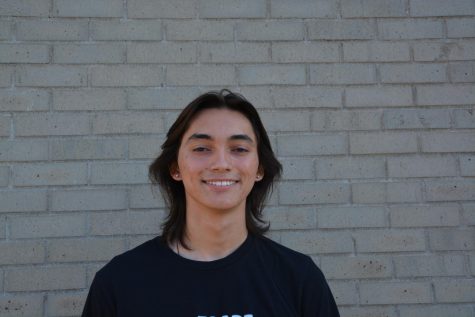
Everett is a Senior at Aliso Niguel who is starting his first year at the Growling Wolverine Newspaper. He enjoys writing and taking photos, and is looking...
